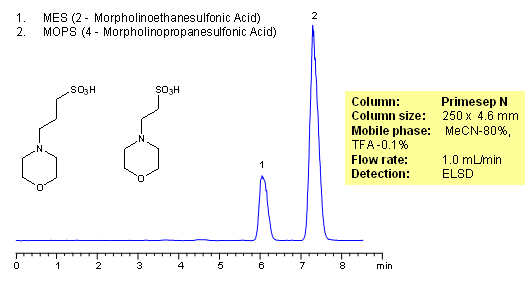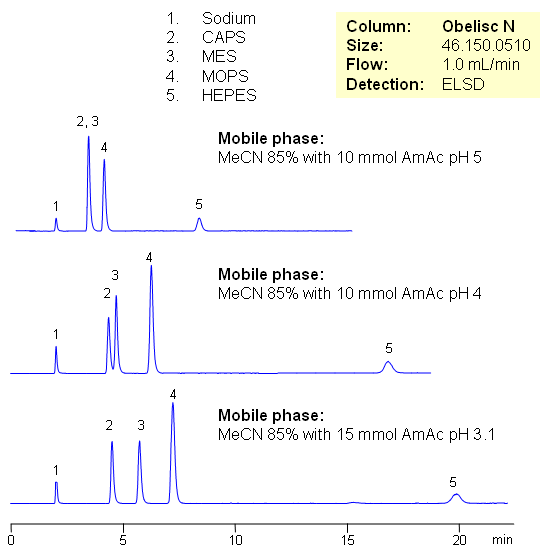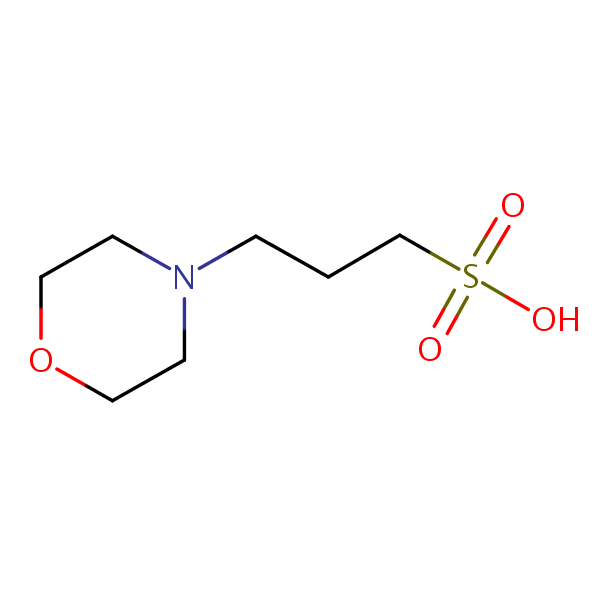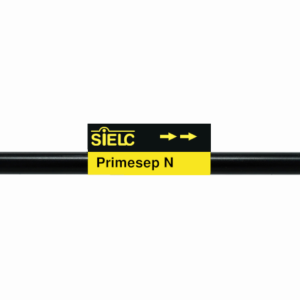| CAS Number | 1132-61-2 |
|---|---|
| Molecular Formula | C7H15NO4S |
| Molecular Weight | 209.260 |
| InChI Key | DVLFYONBTKHTER-UHFFFAOYSA-N |
| LogP | -1.99 |
| Synonyms |
|
Applications:
HPLC Separation of Morpholino Sulfates
November 21, 2010

MOPS and MES are buffers used in biology and biochemistry. They consist of a morpholine ring and propanesulfonic acid. Both molecules are zwitter-ionic and very polar. No retention can be achieved on reversed-phase columns. MOPS and MES are analyzed in HILIC mode on a Primesep N HPLC column. Other biological buffers can be analyzed with this general method. Biological buffers are not UV active and can be monitored by ELSD, CAD or LC/MS.
Application Column
Primesep N
The Primesep family of mixed-mode columns offers a wide variety of stationary phases, boasting unprecedented selectivity in the separation of a broad array of chemical compounds across multiple applications. Corresponding Primesep guard columns, available with all stationary phases, do not require holders. SIELC provides a method development service available to all customers. Inquire about our specially-tailored custom LC-phases for specific separations.
Select options4-Morpholinepropanesulfonic Acid (MOPS)
Zwitterion

Effect of Buffer on HPLC Separation of Buffers
August 22, 2008

HEPES, CAPS, MES and MOPS are zwitterionic organic chemical buffering agents. These are very polar compounds which are not retained by traditional reverse phase chromatography. These compounds are zwitterions in nature and can be separated by mixed-mode hydrophilic interaction chromatography on Obelisc N column. Retention is achieved by combination of HILIC and ion-exchange mechanisms. These buffering agents do not have UV active groups, but can be analyzed with ESLD, LC/MS, and CAD detection.
Application Column
Obelisc N
SIELC has developed the Obelisc™ columns, which are mixed-mode and utilize Liquid Separation Cell technology (LiSC™). These cost-effective columns are the first of their kind to be commercially available and can replace multiple HPLC columns, including reversed-phase (RP), AQ-type reversed-phase, polar-embedded group RP columns, normal-phase, cation-exchange, anion-exchange, ion-exclusion, and HILIC (Hydrophilic Interaction Liquid Chromatography) columns. By controlling just three orthogonal method parameters - buffer concentration, buffer pH, and organic modifier concentration - users can adjust the column properties with pinpoint precision to separate complex mixtures.
Select options4-Morpholinepropanesulfonic Acid (MOPS)
CAPS (3-(Cyclohexylamino)propanesulfonic acid)
HEPES (4-(2-hydroxyethyl)-1-piperazineethanesulfonic Acid)
Zwitterion




